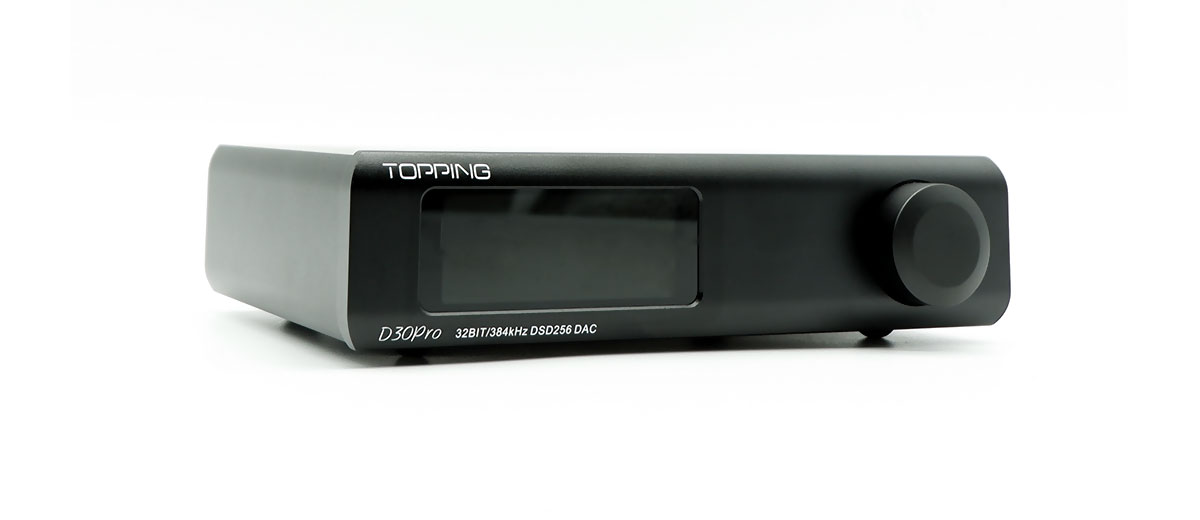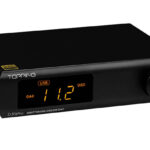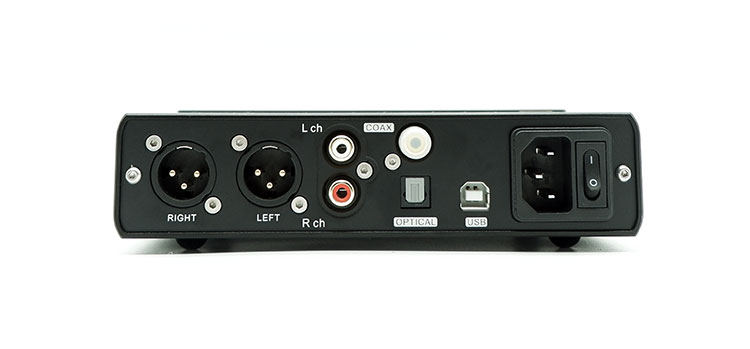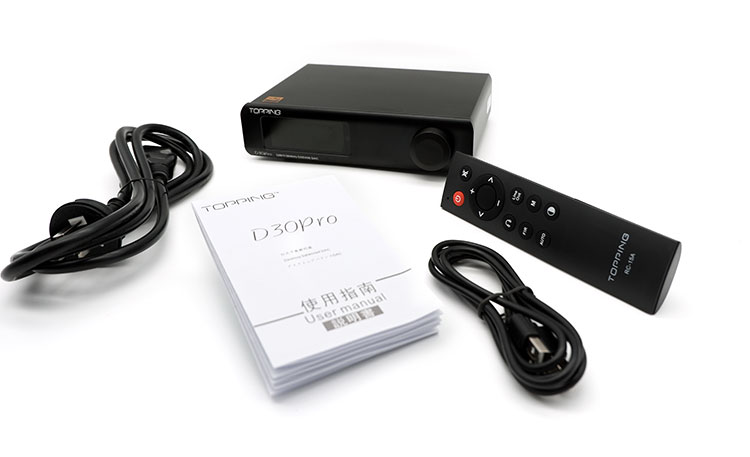The Topping D30 Pro is a quad-CS43198 chipset desktop DAC with preamp capability offering up to DSD256 and PCM 32BIT/386kHz decoding. It is priced at $399.99
Disclaimer: The Topping D30 Pro sent to us is a sample in exchange for our honest opinion. We thank the team at Shenzhen Audio and Topping for giving us this opportunity.
To read more about Topping products we have reviewed on Headfonics click here.
Note, this review follows our new scoring guidelines for 2021 which you can read up on here.
Topping has been a company that has been coming out with products that have been catching the attention of headphone enthusiasts as of late. A lot of which we have also come across our office for review, like their flagship DAC, the D90, and their entry-level desktop DAC the D10s.
This time, Topping has sent over their latest midrange DAC, the D30 Pro. The D30 moniker on Topping’s line harkens back to one of their most popular DACs, the original D30. It seems that the feature-packed D30 Pro is looking to repeat the success of its namesake, the original D30.
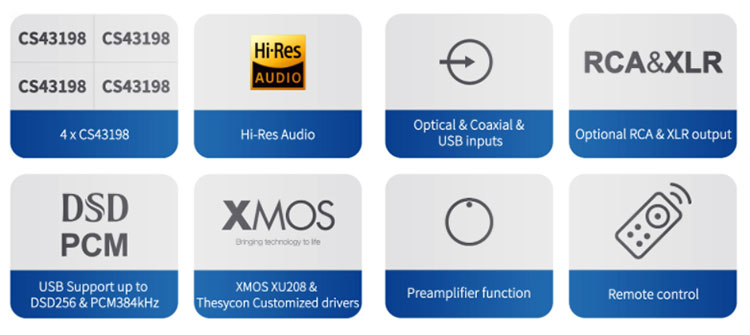
Tech Highlights
The USB controller on the D30 Pro is the XMOS XU208, which the 2nd generation controller with 8 cores from XMOS. Downstream to the XU208 is an Altera CPLD, which ensures stable clock signals and jitter reduction for a more optimized digital input signal into the DAC itself.
Aside from the digital signal optimizations, the D30 Pro is also equipped with 8 LDOs or Low Dropout Regulators. These individual regulators will ensure that the different circuits within the D30 Pro will continuously receive a stable supply of a tightly regulated voltage.
All these components ensure that the signal going into the DAC is properly conditioned so that the DACs can operate at optimal conditions. Inside the D30 Pro are 4 CS43198 DACs, each one responsible for half of a balanced signal, giving the D30 Pro a true balanced output, and the ability to decode 32bit/384kHz PCM, and DSD256.
Although the CS43198 is not commonly used in desktop DACs, it’s the same chip that is used in DAPs such as the Hiby R5 Saber, except that the D30 Pro is equipped with 4 DAC chips, instead of the 2 on the R5.
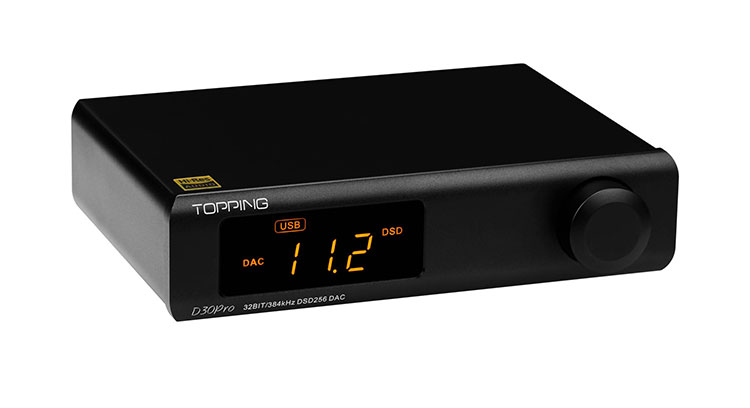
Design
The D30 Pro is made of a solid block of aluminum, with a plastic front fascia, and it comes in either black or silver. The one that Topping sent over is their black version. The finishing on the aluminum looks good, with a high-quality powder coating finish where the aluminum part of the chassis perfectly matches the color of the plastic front fascia.
In front of the D30 Pro is a large orange display, and on the left is a volume knob that doubles as a power button, an input selector in normal mode, and as a menu navigator when the device goes into its menu.
The D30 Pro’s rear panel has all the input and output options. The rear also has a standard IEC power input plug, which will allow for the use of a 3rd party power cable. The standard IEC socket also has a power switch that will physically disconnect the D30 Pro from the line input.
Interface
There are 2 ways to access the controls that are available in the D30 Pro. The first way is to access some of the menu options using the remote control, which is actually interchangeable with the remote that comes with the E30. There are dedicated buttons on the remote control that allows the user to change certain options.
The line out button allows the user to switch line out mode, which displays O-1 for RCA output only, O-2 for XLR output only, and O-3 for both RCA & XLR output. FIR button on the other hand will modify the different filter options available on the DAC, which are represented by F-1 to F-9.
Then there is an Auto button that allows the DAC to be in Auto on(A-o) or Auto-off(A-c). Finally, there is an option for display brightness, which has 4 options, L-1 to L-3 go with intensity, while L-4 is mid brightness that automatically shuts off after 30 seconds.
DAC Mode
The second method of accessing menu options is a bit more difficult, but this method allows the user to switch the D30 Pro from Pre-amp mode to DAC mode while also having access to the above-mentioned menu options.
This option can be accessed by first switching off the DAC using the switch at the rear of the unit. Then while pressing on the volume knob, switch on the physical power switch. A series of clicks and turns of the knob will give you the different options available.
Accessing the menu of the D30 Pro is similar to how the E30’s menu can be accessed. The E30 is limited by having a single touch-sensitive button on the right of the DAC, so I understand why the steps to go into the menu may be a bit difficult.
However, with the D30 Pro’s volume knob that can be pressed, I believe that having a less fiddly way to access the device’s menu is a missed opportunity.
I/O
The D30 Pro has the standard input options commonly available with most DACs at this price range. Where there are options for USB, coaxial, and optical. There are 2 output options, which are single-ended RCA, and a pair of 3-pin balanced XLRs. Glaringly absent from the input options is a Bluetooth receiver.
The output options are also standard, but it’s interesting that both outputs have options for fixed-line level, and pre-amp control. The D30 Pro also has an option to switch off each output individually, but this option can only be accessed with the remote or by entering into setup mode.
Packaging & Accessories
The D30 Pro comes with Topping’s standard white box that comes with most of their products including the L30 and E30. It’s a fairly standard white box, but it’s lined with foam inserts that ensure that the D30 Pro is protected while it’s in transit or storage.
Aside from the D30 Pro, Topping also included a standard IEC power cord, a USB cable, a manual, and of course a remote control. The remote control that comes with the D30 Pro looks similar to the one that comes with the E30.
Sound Impressions
On the specs sheet, Topping emphasizes that both the single-ended output and the balanced output have the same THD numbers.
While both outputs have the same THD numbers, the balanced output has slight improvements over the single-ended outputs in terms of layering within the soundstage, and an increase in dynamic range. So most of my sound assessments were done using the 3-pin XLR outputs.
Summary
Like most DACs, the D30 Pro essentially has a flat tonality, but the D30 Pro seems to roll off a bit at the highest frequencies. The bass on the D30 Pro goes deep into the sub-bass regions without any issue, giving the sub-bass an ethereal bass quality.
Mid-bass is very clear and textured while remaining controlled. Although the mid-bass is impactful enough, drum hits can end up being a touch dry due to a shorter amount of sustain in the note.
The vocal range also continues the drier character of the mid-bass, where there is an honest quality to the vocals, meaning it won’t be infused with euphony in any way. Midrange instruments tend to take a more neutral and honest timbral quality as well.
Treble instruments, such as cymbal crashes are controlled very well. Where there is a distinct and singular character to cymbal hits. However, there won’t be any additional splashiness or sparkle to embellish the treble frequencies.
Dynamics, Soundstage, & Imaging
Listening to classical recordings where there are gentler passages with violins followed by a sudden rush of a crescendo, it feels like the dynamic range between the two has about the same volume level. Although there can be a perceived volume difference, the difference is not as wide as I have come to expect.
When it comes to presenting wide and expansive spaces, the D30 Pro seems to have a wide soundstage up to a certain point. However, it seems like there is an invisible wall to the soundstage despite the D30 Pro being able to cast a respectably wide soundscape.
As I’ve mentioned earlier, there is a marked improvement in soundstage layering when the D30 Pro is used in balanced mode. Using the D30 Pro in balanced mode gives a good amount of layering, utilizing a large chunk of the soundstage.
Creating a coherent and vivid center image is also one of the things that the D30 Pro does well. Image directionality is done well, while the images that are formed by the DAC are very tightly packed and chiseled.
Synergy
The logical choice for the downstream amplifier to the D30 Pro is its companion amplifier the A30 Pro using a pair of 3-pin balanced XLR cables. This pairing resulted in a pleasing pair that drove most of my headphones quite well.
This includes the Audeze LCD-X, Hifiman Ananda, and the Audio Technica ADX5000. The ADX5000 has a tendency to be a touch too bright depending on the source pairing. However, with this pairing, the more energetic treble range was smoothed down, while still having a good amount of detail retrieval.
Pairing the stack with my Audeze LCD-X, the pairing complimented the LCD-X’s more ethereal sub-bass tuning, while still retaining a good amount of mid-bass impact. With the more intimate soundstage on the LCD-X however, the pairing with the D30 Pro as the upstream DAC further emphasized the less layered and more intimate soundstage of the LCD-X.
Replacing the A30 Pro with my main desktop amplifier, the Burson Soloist 3X, there is a marked improvement in instrument texture. This includes a more textured bass region where there is a more hollowed, but impactful drum hit, and a more textured vocal range.
This pairing ended up creating good synergy with my Hifiman Ananda. Since the Ananda tends to be on the gentler side in its bass presentation, the punchier character of the Soloist 3X gave it the much-needed kick, while the D30 Pro gave it a more fleshed out sense of layering, without much of a downside due to the more expansive character of the Ananda’s soundstage.
Click on page 2 for select comparisons

